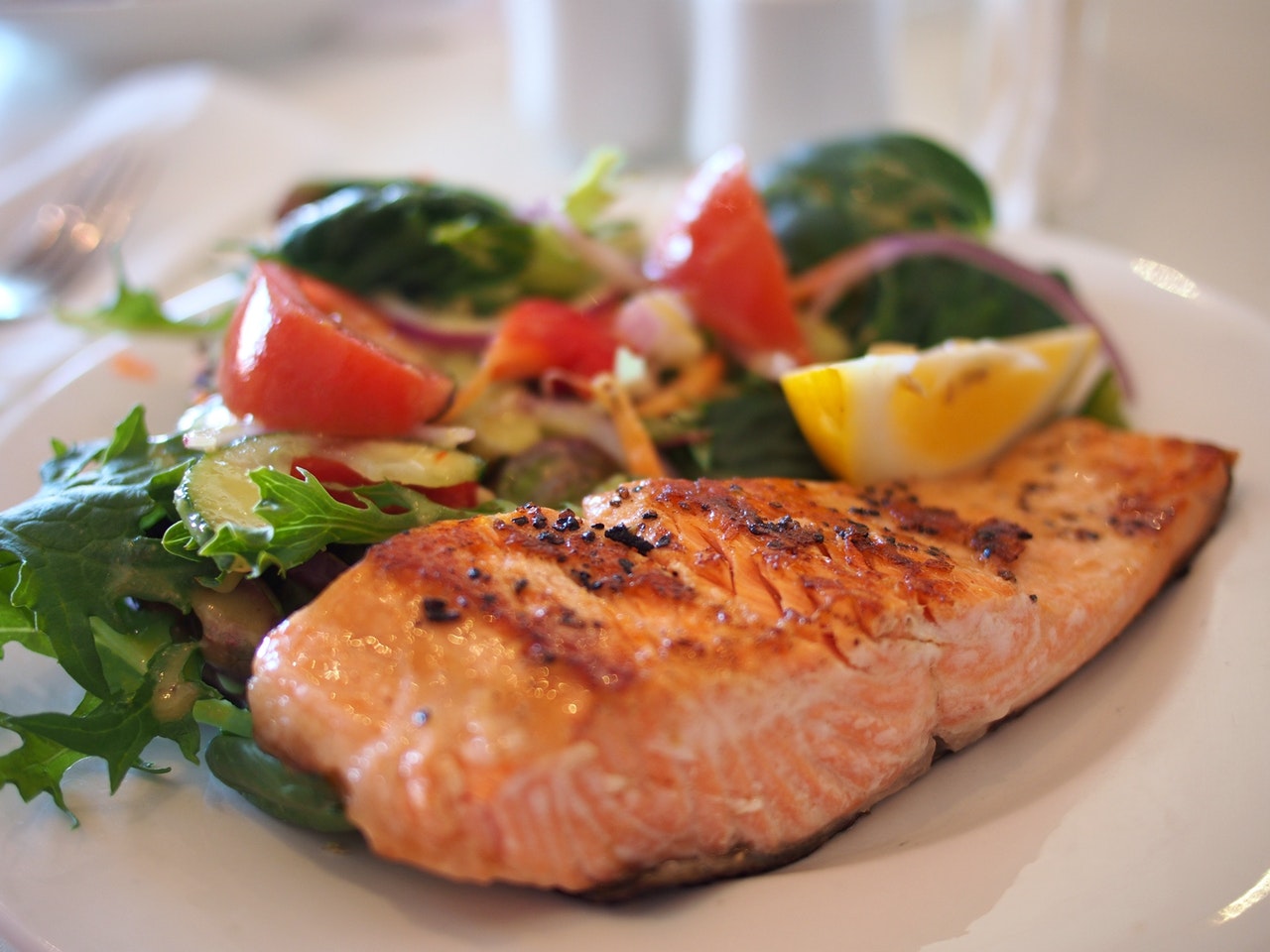How to Choose Sustainable Seafood to Put on Your Dinner Table
With pollution running rampant in our waters all over the world, many people are concerned about contaminated seafood. Additionally, over fishing has taken its toll on available seafood resources. But thanks to sustainable movements regarding seafood practices, there are options out there for us all so that we can eat seafood without toxins and without depleting the species that thrive under the sea.
Wondering how to make smart choices for sustainable seafood? Here’s a little help!
Choose smaller fish
Because of the dangers of mercury, it’s often best to go with fish that are smaller. Smaller fish like sardines, scallops, or squid contain less mercury. Because larger fish eat smaller fish, they get more mercury in their systems.
Buy locally
Check where the seafood you’re buying comes from. America has rigid laws in place to prevent over fishing and dangerous practices like adding chemicals to the fish which is very common overseas, where much of the fish that comes into our country comes from. Fisheries in America are required to obey the standards set by the FDA. Choosing fish that comes from as close to your home as you can get is always your best bet for a fresher, safer catch.
Additionally, you can go boat-to-table just like farm-to-table. Support your local fisheries by joining in for a small fee. You’ll know exactly where your fish comes from and the fresh taste can’t be beat.
Dare to be different
Do you often choose the same fish each time you shop? You can help US fisheries recover from overfishing by trying different fish. The main ones we gravitate toward are salmon, shrimp, tilapia, canned tuna, and pollock. Try something lesser known like mullet for example and you’ll not only save your money but you’ll also save the environment too.
Be inquisitive
You have a right to know where the food you buy is coming from. Ask the retailers you shop at and the restaurants you dine at whether or not they offer sustainable seafood. In some places, you may even find labels that help you know where your fish has come from, however it’s not always the case. Don’t just assume the fish you see in the supermarket has been sustainably sourced. Ask questions and if you don’t like the answers, find somewhere that does engage in sustainable seafood practices to shop or dine at instead.
The bottom line is that we all ask about our produce and whether or not it’s grown organically. We ask if the things we eat contain GMOs. We ask about whether or not beef or poultry is grass-fed. Yet, we often forget to examine the fishing practices. Don’t get caught up in the net. Find out where your fish comes from for better health, not to mention better taste too.

Thank you so much for letting me know; very often we forget to look at labels or ask a server or grocery store employee to ask those questions.
I will not forge any more!!